Healing Gardens for Peace and Wellness
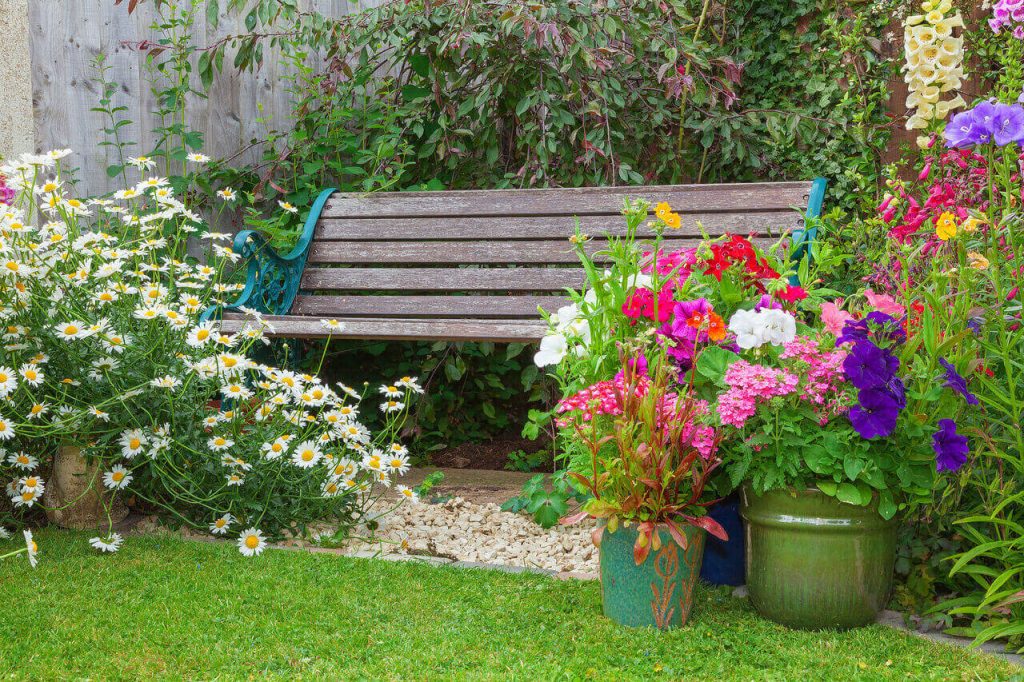
Healing gardens are happy places to escape and let your mind reset while your senses go wild. Much like the crisp clean slate after a rain, there’s nothing like it to give yourself a break, tame your stress, and gain a fresh outlook.
Healing gardens are said to improve health while providing a sense of calm and tranquility. Studies have shown how beneficial it is to be outside and spend time surrounded by nature.
With a healing garden, you can get the maximum peace and wellness benefits in your own private garden space.
However, to receive these healing benefits, you need more than what you might find in a typical garden. Keep reading and I’ll share everything about healing gardens and how they nourish your body and your soul.
Finding Healing in the Garden
I’ve always enjoyed gardening and find digging in the soil therapeutic, much like digging in sand at the beach. The work I put into maintaining my garden is a light form of exercise that nourishes my body.
After spending time in my garden, I feel good about the work accomplished. Through the years, I’ve come to realize even more benefits and how my garden helps me.
The smells, colors, textures, and sounds in the garden are soothing. They bring a sense of peace and calmness that I need. When I researched this, I learned about healing gardens and their incredible benefits.
What are Healing Gardens?
So, what is a healing garden?
Unlike a garden where you might grow flowers or perhaps veggies for your dinner table, healing gardens are typically found in a hospital or healthcare setting. They are designed to promote healing and provide a haven for patients.
Healing gardens are often confused with therapeutic gardens. While they share many of the same benefits, they are slightly different from one another.
A therapeutic garden is designed to meet the specific needs of certain health conditions. Healing gardens, however, tend to provide benefits to a wider range of people by providing a peaceful retreat.
There are different types of healing gardens you can create, and each has unique benefits that are truly amazing.
Some are designed for meditation and quiet reflection, while others might focus on sensory experiences. Here are a few types you might consider:
- Meditative Gardens: These are quiet spaces with minimal distractions, perfect for meditation and mindfulness practices.
- Sensory Gardens: These gardens engage all your senses with colorful plants, fragrant flowers, and textured leaves.
- Therapeutic Gardens: While similar to healing gardens, these are often tailored to meet specific health needs, such as for people with dementia or autism.
Aspects of Healing Gardens
A healing garden is designed with safety and comfort in mind. It needs to be a place you feel safe escaping to, so having the garden enclosed is recommended.
To create a healing garden, you need more than just flowers and trees. You need to stimulate all five senses to enhance your overall well-being.
Colorful Flowers
Bright, colorful flowers are a must. They lift your spirits and create a visually stunning space that pleases your senses and aids in relaxation. Beautiful flowers like marigolds, sunflowers, and petunias add a burst of color.
Soothing Sounds
Sounds also play a role in a healing garden. Incorporate water features like a small fountain or a trickling stream for the soothing sounds they produce. Add a bird feeder to attract birds whose songs will enhance the peaceful environment.
Pleasant Scents
Include fragrant plants to stimulate your sense of smell. Flowers and herbs such as lavender, rosemary, and jasmine are great choices. They smell wonderful and also have calming properties.
Tactile Experiences
Your sense of touch will be activated as you run your fingers over interesting textures. Lamb’s ear, with its soft, velvety leaves, is perfect for this. Touching different textures can be very soothing and grounding.
Put simply, a healing garden includes things that stimulate and enhance all of your five senses.
Enclosed Spaces
Creating a sense of safety is important. An enclosed garden, whether with a fence, hedge, or wall, can make the space feel like a true retreat. It helps block out the outside world and keeps the garden peaceful.
You Can Create Healing Gardens
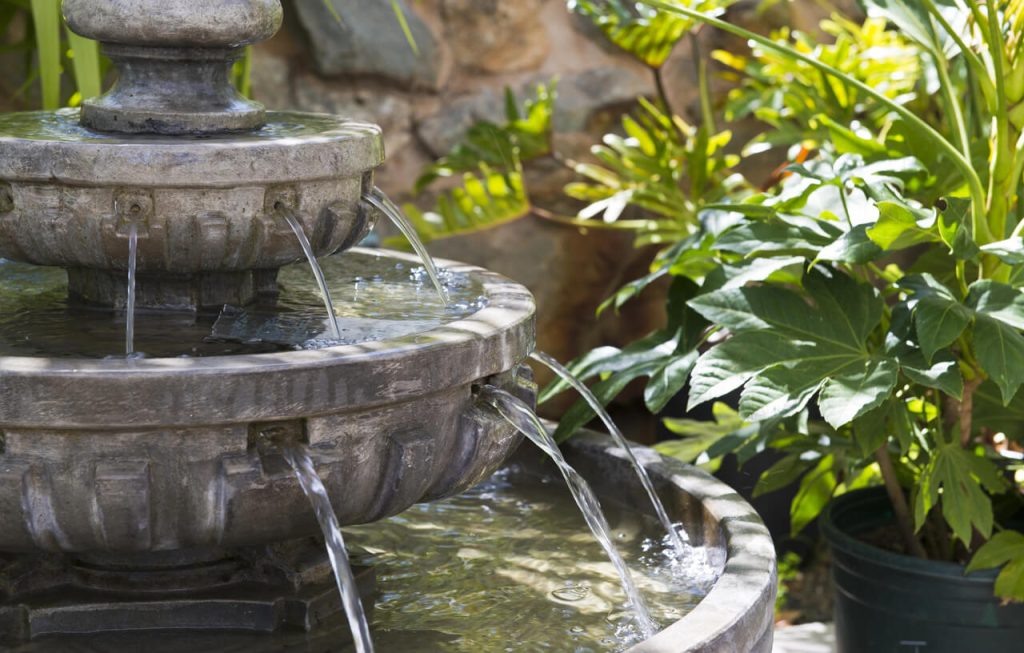
Are you ready to create your own healing garden? Here are a few tips to get you started:
- Choose colors which support the emotions you want to feel
- Don’t forget to add lighting
- Block out intrusive noises
- Create the layout first
- Consider the natural elements
Color plays a key role in how a garden feels, so you should pay close attention to the ones you choose. Focus on colors that evoke the emotions you want to feel.
For example, if you’re looking to de-stress and relax, blues and greens tend to be the most calming. If you’re battling depression, opt for vibrant colors such as reds and pinks.
Add some form of lighting to the garden to extend the use of it into the evening. Ideally, you should opt for low-volume lighting to provide a more subtle, beautiful light. Subtle lighting, like solar-powered garden lights or string lights, creates a cozy atmosphere.
One of the key challenges of designing a healing garden is blocking out noise. If you live in a noisy area, construct a thick wall around the garden. The thicker the wall the better. For enhanced noise reduction, include some vegetation too. You can also add a water feature to create soothing noise inside the garden.
It’s important to start with the layout first. Before you start planting, sketch out a basic layout of your garden. Decide where you want paths, seating areas, and plant beds. This will help you create a cohesive and functional design.
Finally, consider the natural elements in your garden’s design. Think about how the sun, wind, and rain will affect your garden.
Where does the sun hit most of the day? Where does the wind come from? Use this information to place plants and structures strategically.
Why I’m Writing About Healing Gardens
After my personal experience, I realized how powerful a garden can be in healing the mind and body. I believe everyone should have a sanctuary to escape to, especially in today’s busy world.
There’s much more to share about healing gardens. In future posts, I’ll look at different aspects of healing gardens and will share tips on how to create your own, what plants are best, and the healing power they offer.
For now, you’ve learned that healing gardens are more than just pretty spaces. They are sanctuaries that offer peace, calm, and a sense of well-being.
Whether you have a large backyard or a small balcony, you can create your healing garden. Start with these basic elements and tips and create a healing garden to fit your needs.

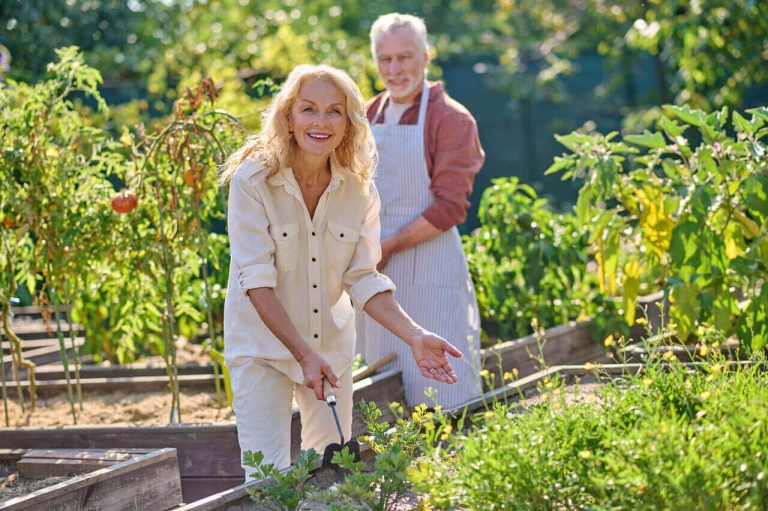
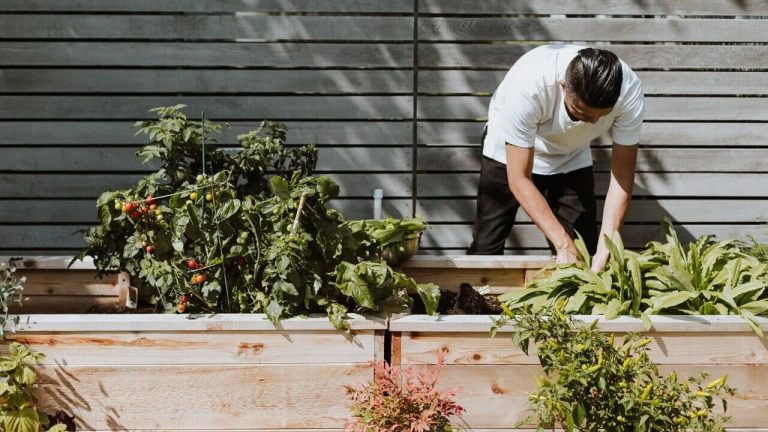

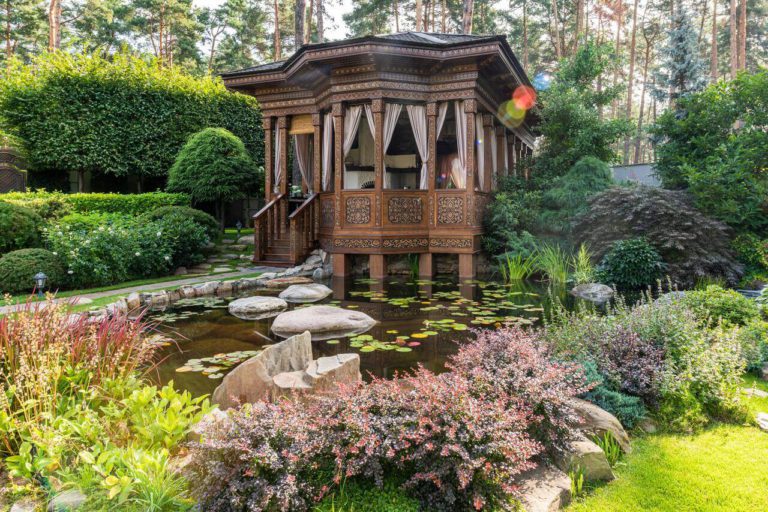
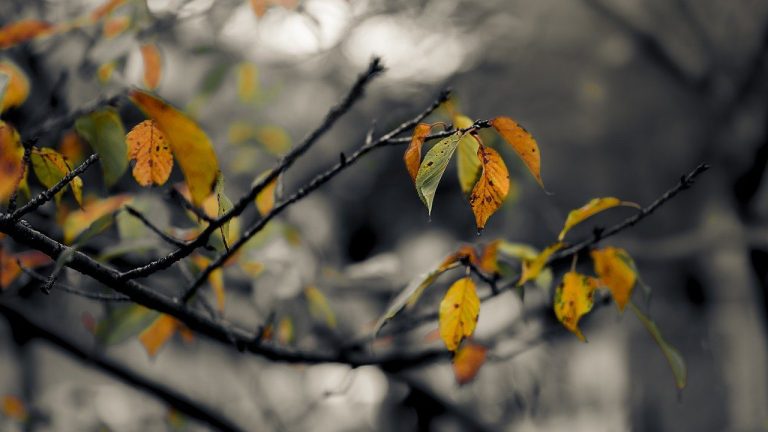
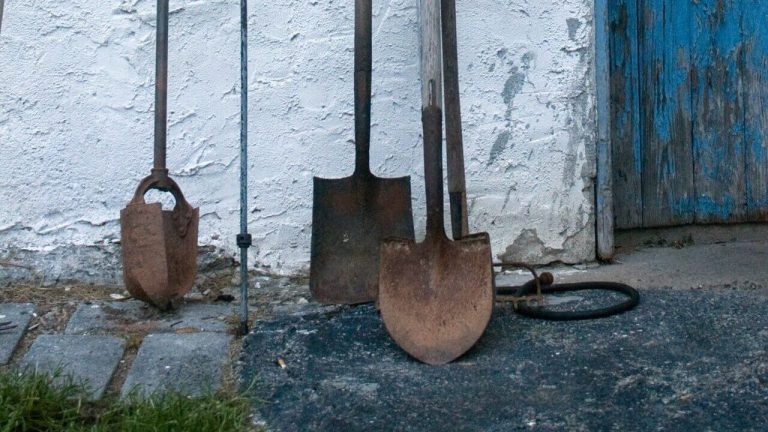
2 Comments
Comments are closed.